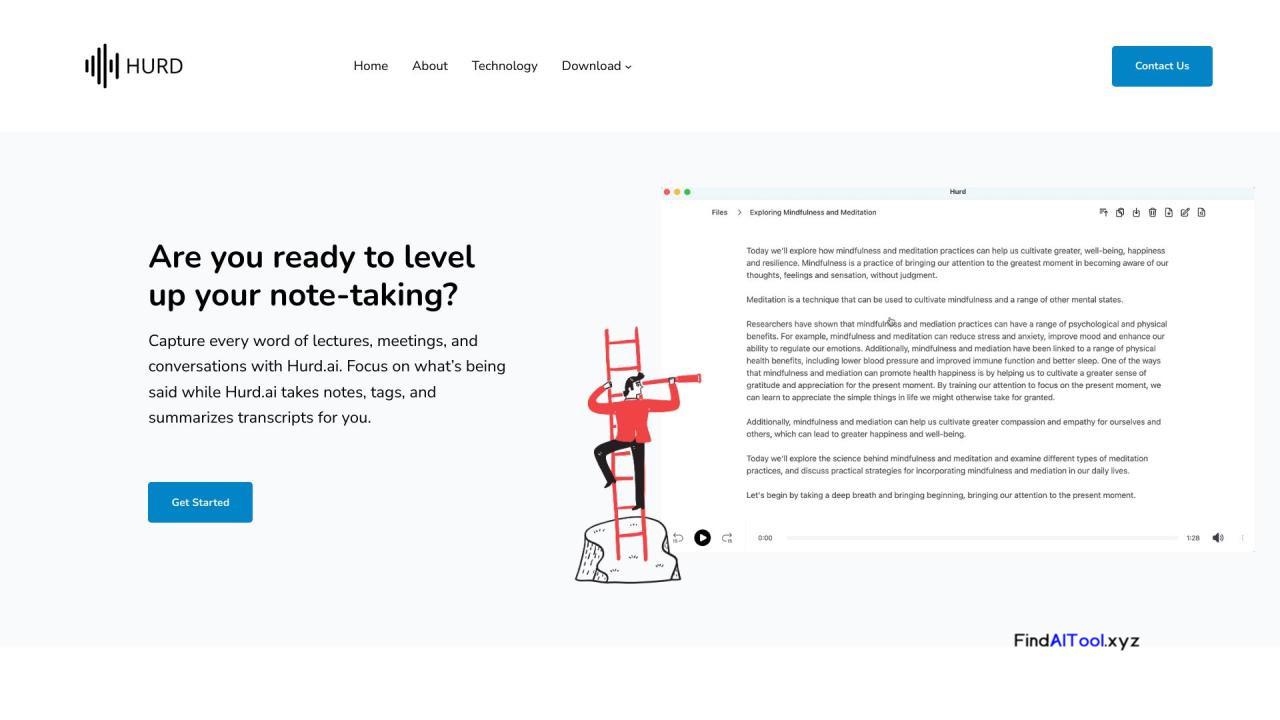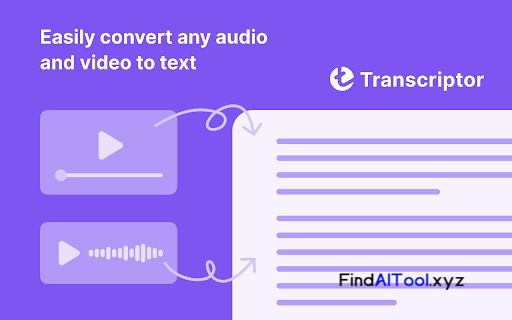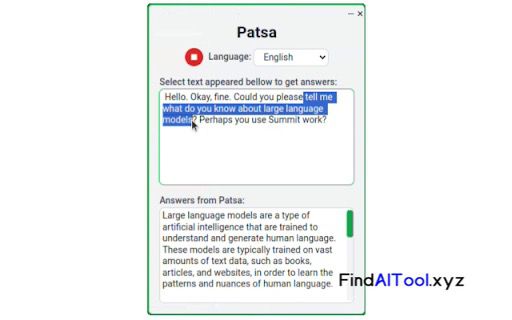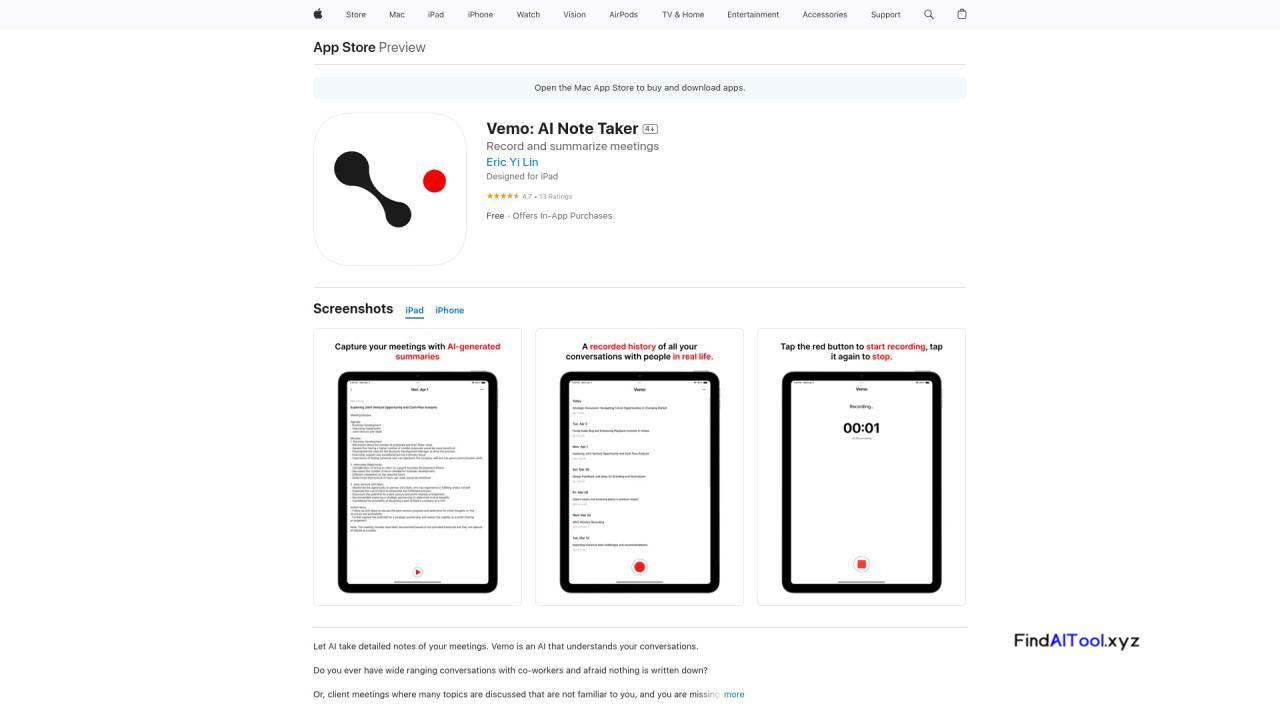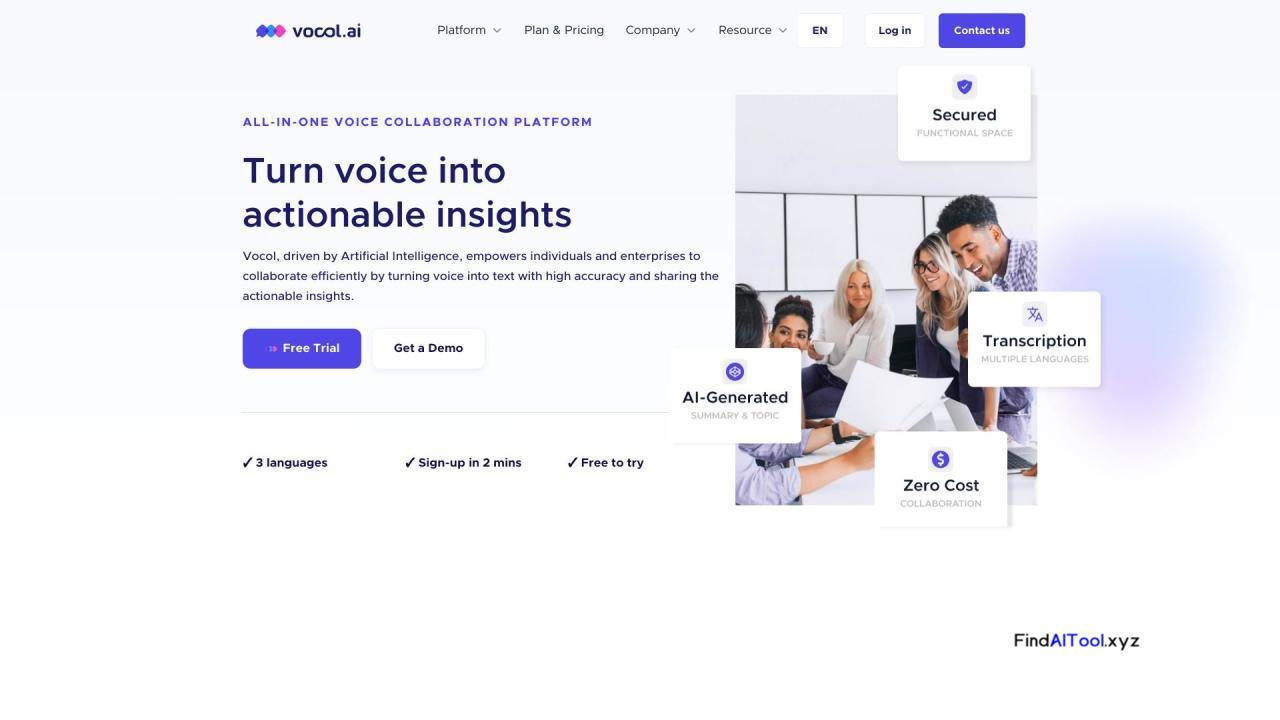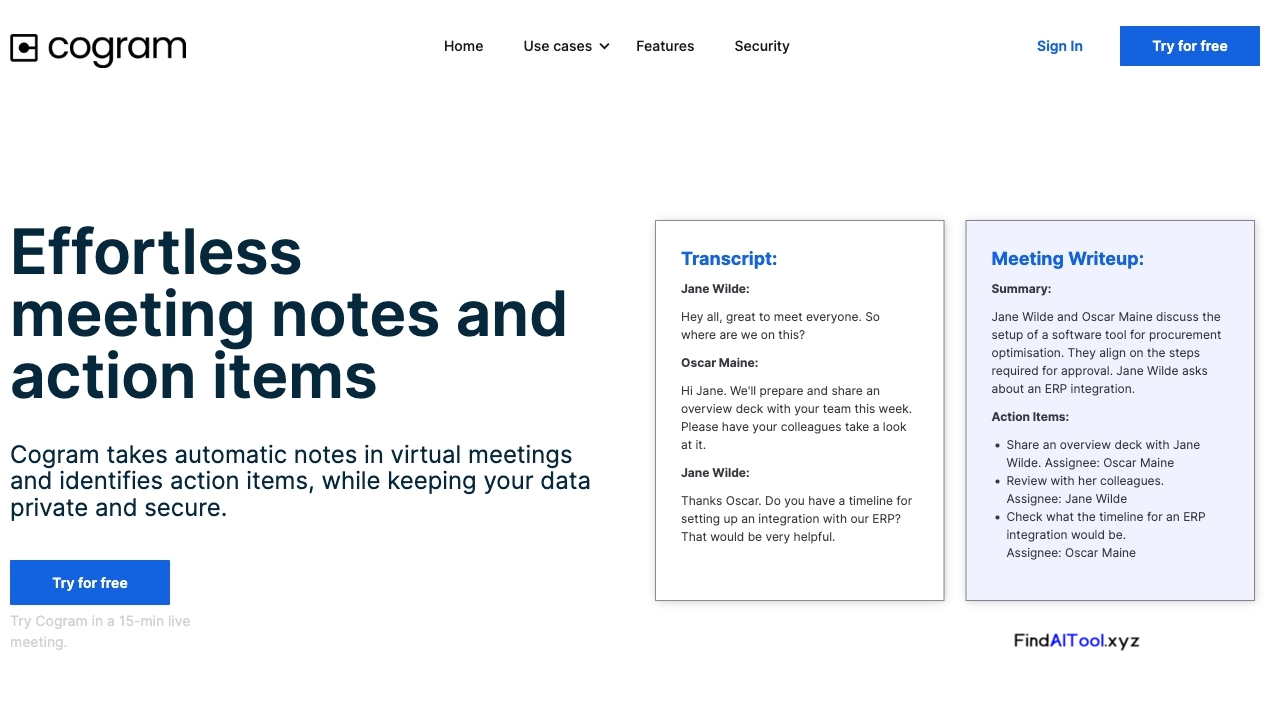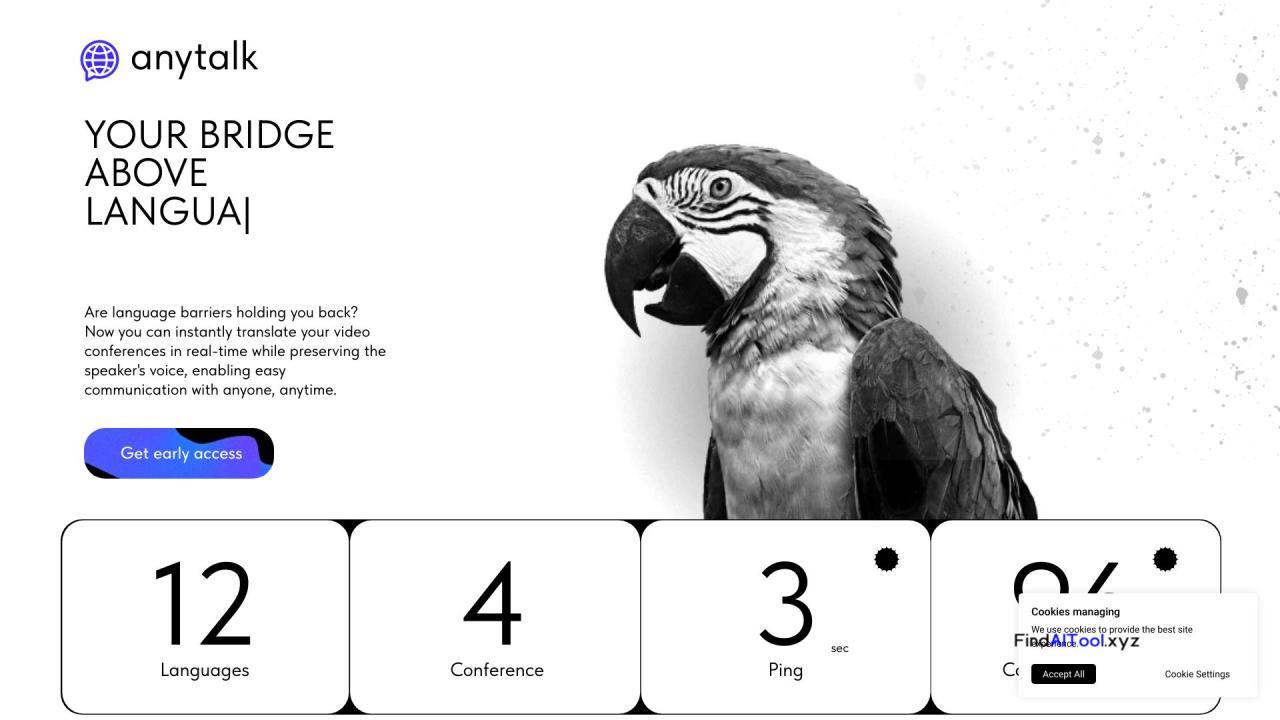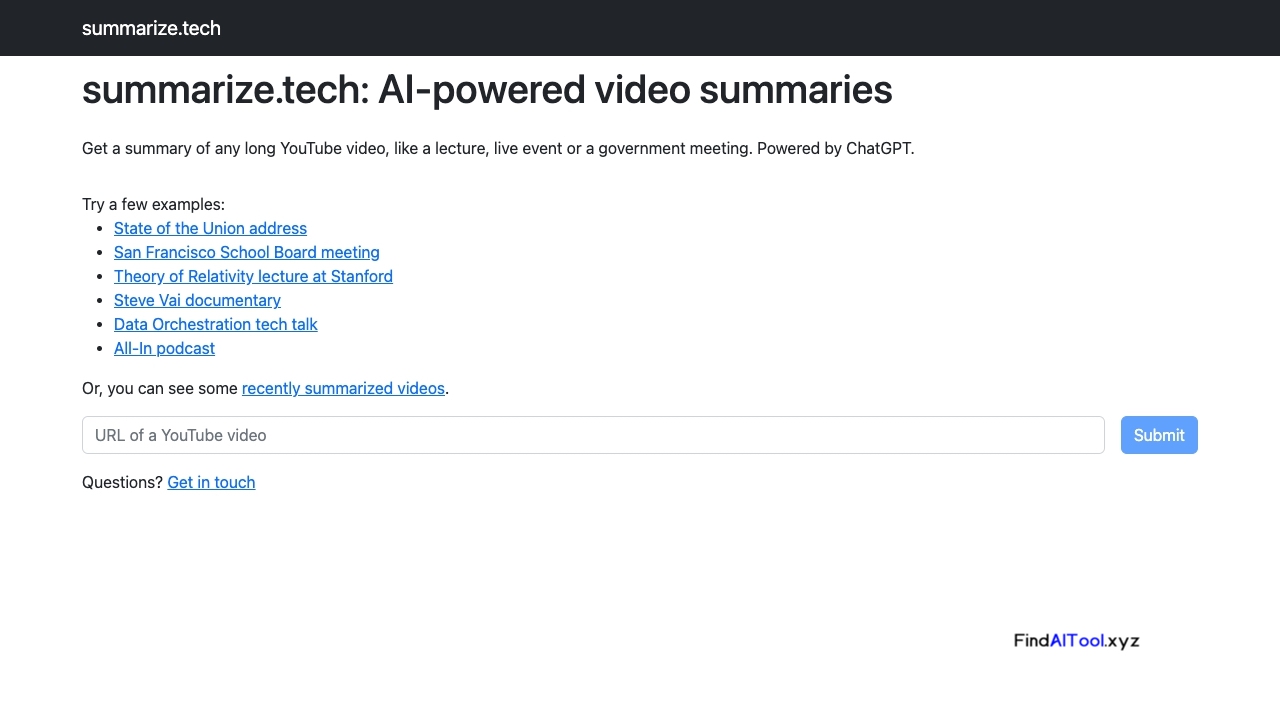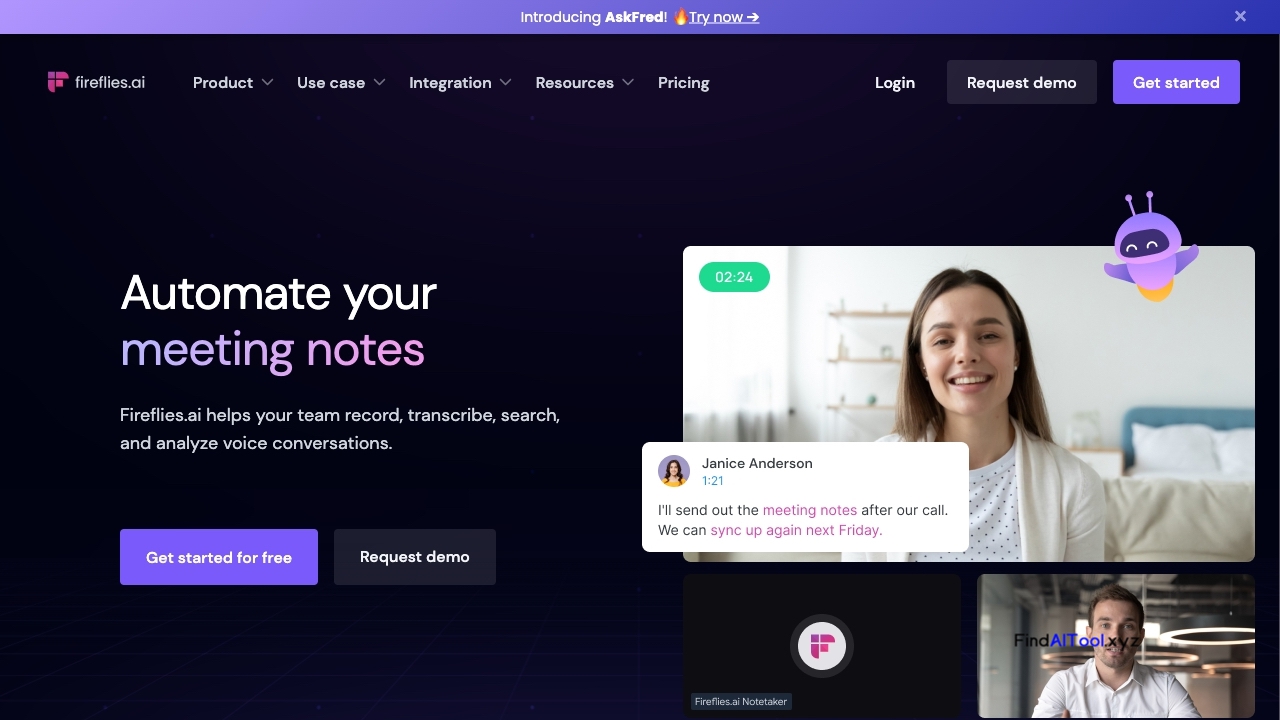
Fireflies.ai is an AI-powered notetaking tool that uses generative AI to transcribe, summarize, analyze and search voice conversations in meetings. It integrates with various video-conferencing platforms such as Zoom, Google Meet, Microsoft Teams, and Webex, allowing users to capture meeting transcripts, generate summaries, and extract valuable insights from their meetings.
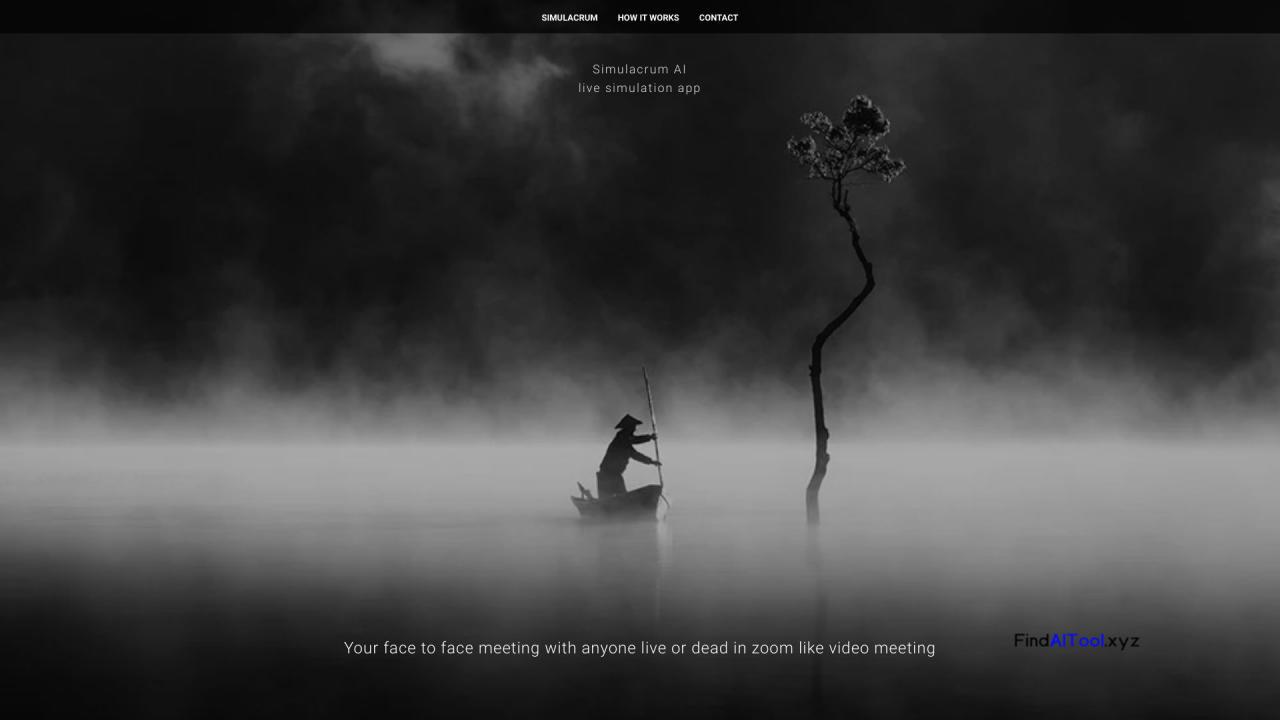
Simulacrum is an AI-generated psychiatrist application that uses ChatGPT and custom neural networks to simulate a video avatar to talk to you about your anger and fears. It allows you to have face-to-face meetings, similar to a Zoom video conference, with anyone on Earth, whether they are alive or dead.
AI-powered meeting tools revolutionize collaboration by enhancing productivity and engagement. These platforms offer features like real-time transcription, automated note-taking, and intelligent scheduling. Key advantages include time savings, improved accessibility, and data-driven insights.
Notable examples include Otter.ai for transcription and Zoom’s AI Companion for meeting summaries. Natural language processing enables seamless interaction, while machine learning algorithms provide personalized recommendations.
These tools integrate with popular video conferencing software, ensuring compatibility across devices and platforms. They support various meeting types, from one-on-ones to large conferences.
As AI technology advances, we can expect more sophisticated features like sentiment analysis and predictive analytics, further transforming the landscape of virtual and in-person meetings.

